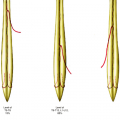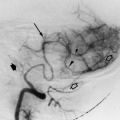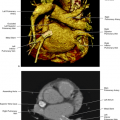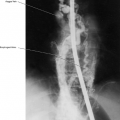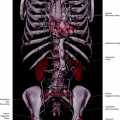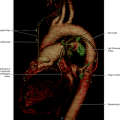Lymphatic System of the Lower Extremity
The superficial lymphatic vessels drain the superficial tissues, beginning in lymphatic plexuses beneath the skin. The foot is drained by a group of larger medial vessels following the path of the great saphenous vein and a lateral group of smaller vessels that follows the small saphenous vein in the calf and thigh (Fig. 24.1).
The lymphatics of the medial group follow the great saphenous vein up to the groin, ending in the lower group of the superficial inguinal lymph nodes (Fig. 24.2). The lateral group of lymphatic vessels follows the small saphenous vein, ending in the popliteal lymph nodes. Some of these lymphatic vessels, however, will cross to the front of the leg, joining the medial group. The buttock lymphatic drainage is oriented to the upper group of the superficial inguinal lymph nodes.
Superficial Lymphatic Drainage
Deep Lymphatic Drainage
Deep Lymphatic Drainage
The lymphatic vessels of the deep group follow the main blood vessels and are divided into several groups, named after the related artery and veins, such as: anterior tibial, posterior tibial, peroneal, popliteal, and femoral. The deep lymphatic vessels of the foot and leg reach the popliteal lymph nodes, whereas the drainage of the thigh reaches the deep inguinal lymph nodes. The deep lymphatic drainage of the gluteal and ischial regions follows the blood vessels and is named after them. The superior gluteal lymphatics drain to a lymph node at the greater sciatic foramen, and the inferior gluteal lymphatics drain to the internal iliac lymph nodes after passing through a couple of small lymph nodes close to the piriformis muscle.
Stay updated, free articles. Join our Telegram channel

Full access? Get Clinical Tree


